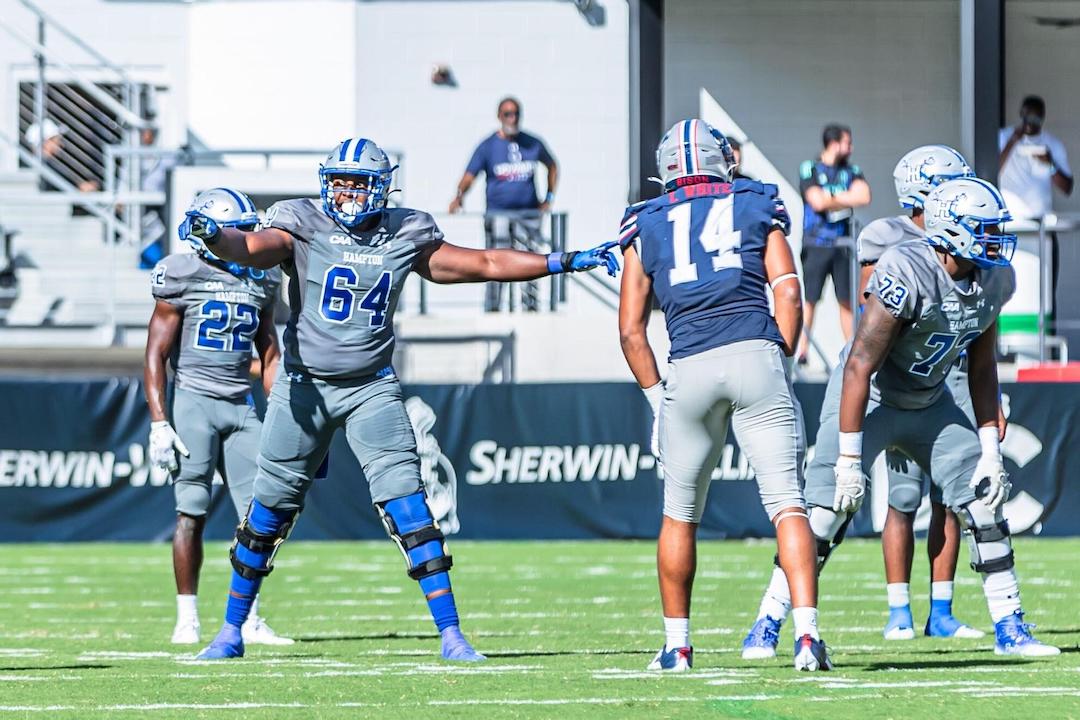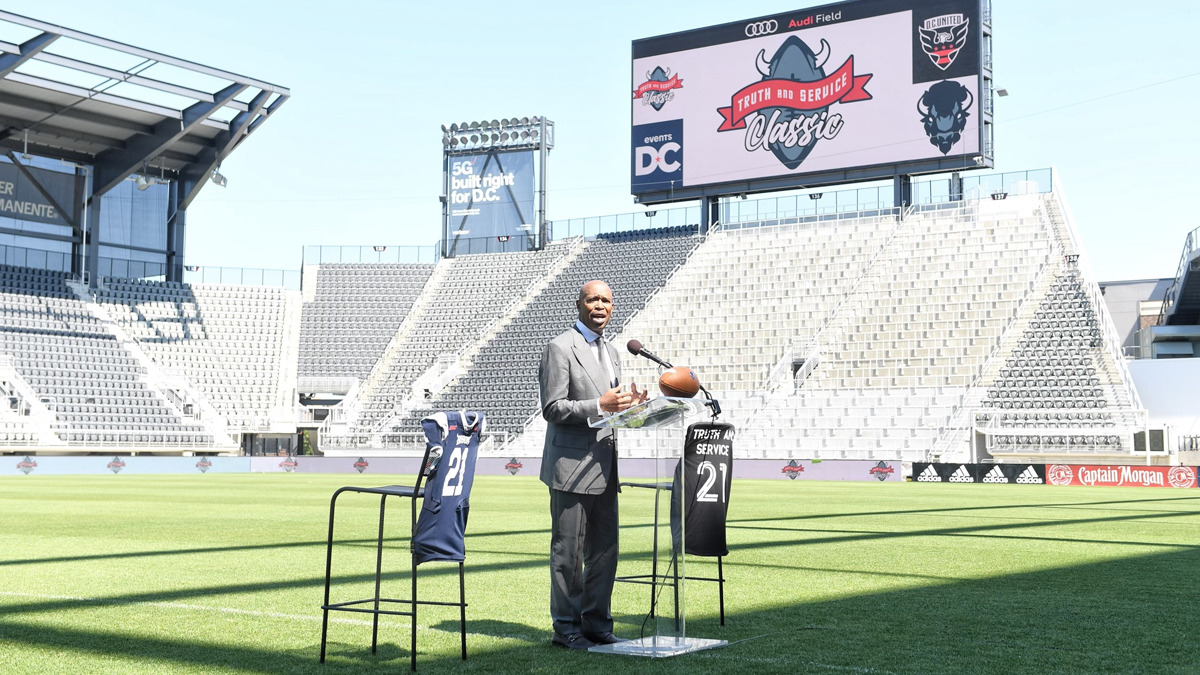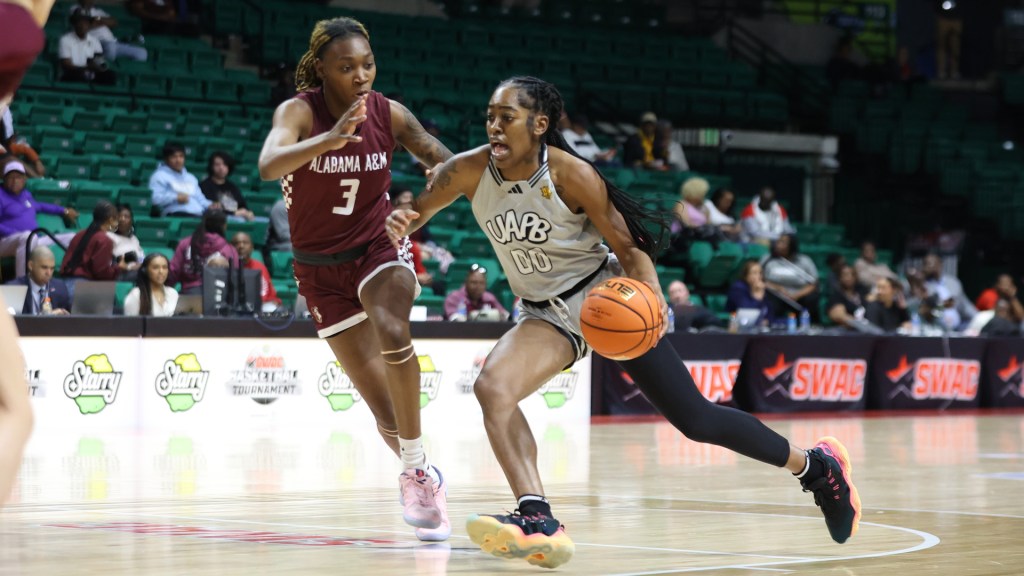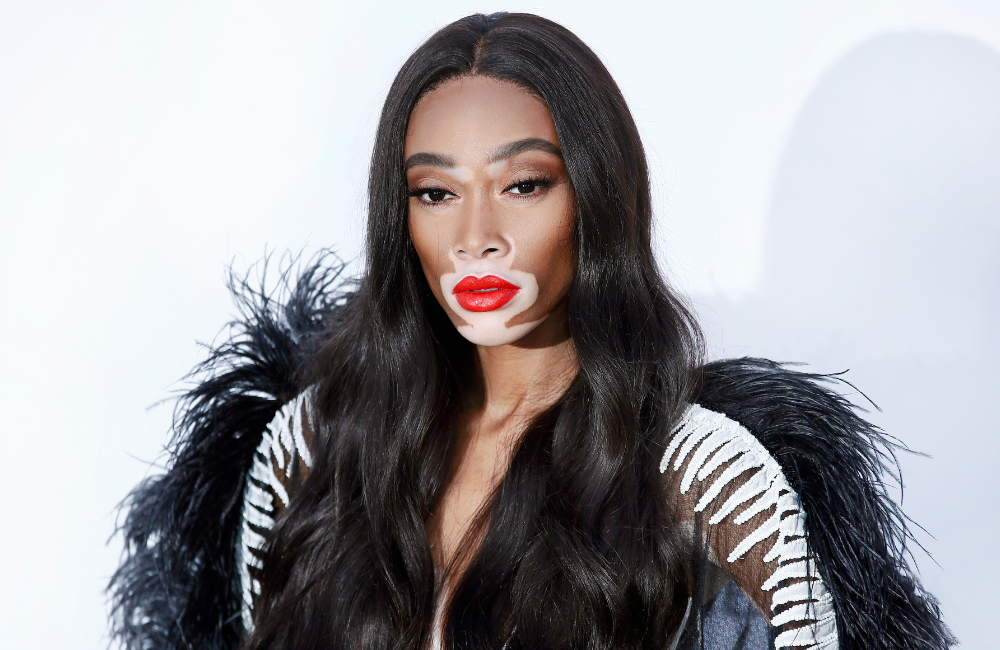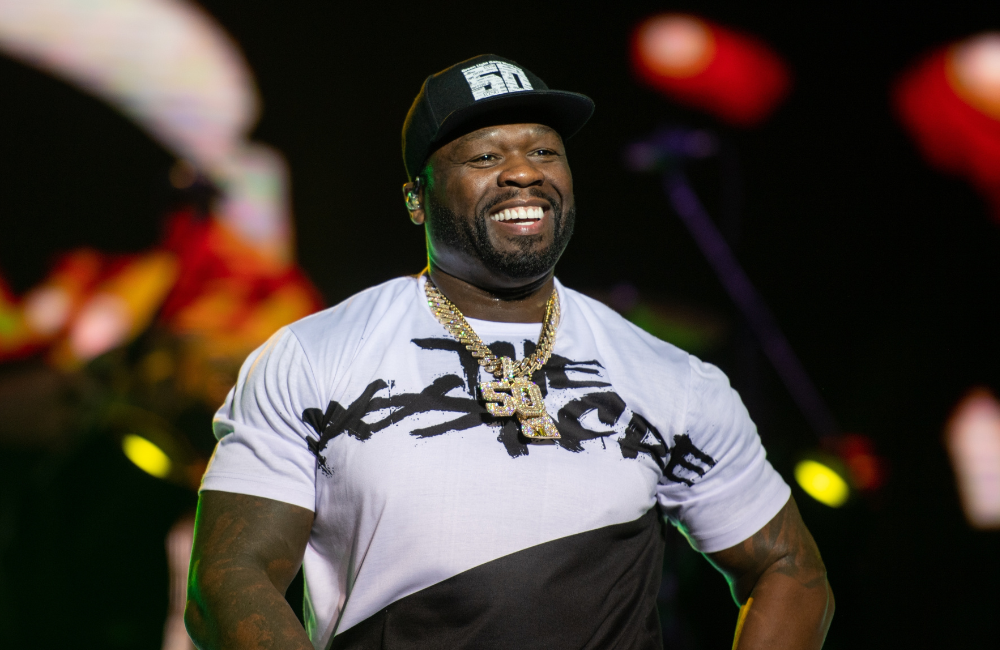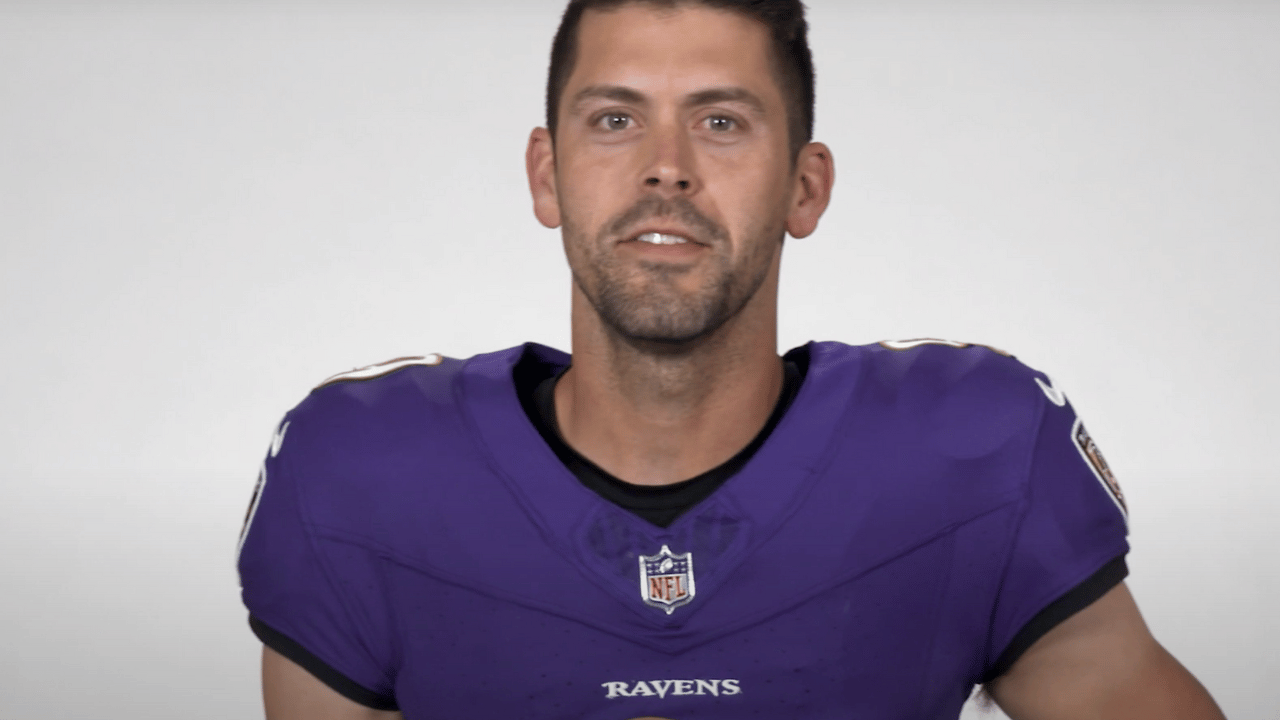One other NBA draft has come and gone, and 60 younger males heard their names referred to as, starting what they hope might be a profitable skilled journey.
Sadly, none of these 60 got here from an HBCU, and none have since Norfolk State huge man Kyle O’Quinn was drafted by the New York Knicks in 2012.
Why have HBCU basketball gamers had a tricky time fulfilling their NBA desires? An absence of alternatives is the principle offender, however even that reply has some underlying points.
No Black gamers have been drafted when the NBA Draft started because the Basketball Affiliation of America Draft in 1947. Nonetheless, three years later, extra alternatives happened due to a merger with the Nationwide Basketball League.
Earl Lloyd of West Virginia State grew to become the primary HBCU participant drafted and went on to assist the Syracuse Nationals win the 1955 NBA title.
Alternatives for HBCU gamers have been as soon as plentiful
Different HBCU legends would observe: Dick Barnett of Tennessee State was drafted No. 4 general by Syracuse in 1959, Grambling’s Willis Reed was chosen within the second spherical by the New York Knicks in 1964, and in 1967, Winston-Salem State’s Earl “The Pearl” Monroe grew to become the very best HBCU choice so far, drafted 2nd general by the Baltimore Bullets.
The Sixties and Seventies noticed the NBA and the rival American Basketball Affiliation battling for gamers, which led to the NBA having a draft final so long as 21 rounds in 1968 earlier than deciding on 10 rounds in 1974.
HBCU gamers have been drafted in later rounds, however not many had an opportunity to stay. Notable exceptions embrace Marvin Webster (Morgan State), Purvis Quick (Jackson State), Larry Smith (Alcorn State), Rick Mahorn (Hampton) and Charles Oakley (Virginia Union).
By the point the NBA went to a two-round draft in 1989, the reasoning was that undrafted free brokers may signal wherever they wished as a substitute of getting their rights held up by a specific workforce.
Within the 36 years the NBA Draft has lasted two rounds, 20 HBCU gamers have been chosen, leaving HBCU professional hoops hopefuls again the place they began over 75 years in the past.
The identical drawback the NFL and Main League Baseball have with scouting HBCUs, the NBA has related points; the attract and fame of Energy 4 colleges with one-and-done athletes ticketed for stardom will at all times be the primary alternative. Worldwide gamers are thought of extra profitable skills than American-born gamers.
It makes what Kyle O’Quinn and Tennessee State’s Robert Covington (an undrafted free agent) completed lately all of the extra exceptional.
The answer is perhaps even tougher to determine
So now that we all know the explanation only a few HBCU gamers are taken within the NBA Draft, what’s the answer? That is perhaps even tougher to determine.
Might the NBA create an HBCU mix just like what the NFL does? Presumably. An HBCU All-Star recreation already exists for the NCAA basketball championships, and HBCU groups have been picked to play throughout NBA All-Star Weekend.

There are issues in place, however very like the NFL and MLB participant personnel people must need to scout HBCU gamers, the identical applies to the NBA. Sadly, you’ll be able to’t make anybody do something they seemingly don’t need to do.
So it goes that whereas the title on the entrance of the jersey continues to matter, the HBCUs that helped form professional sports activities on this nation get omitted within the chilly, hoping for an opportunity to show that their gamers are simply nearly as good as those seen on ESPN each week or abroad.

